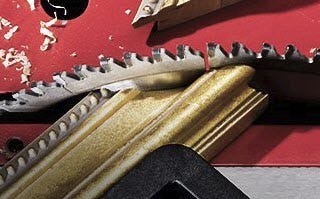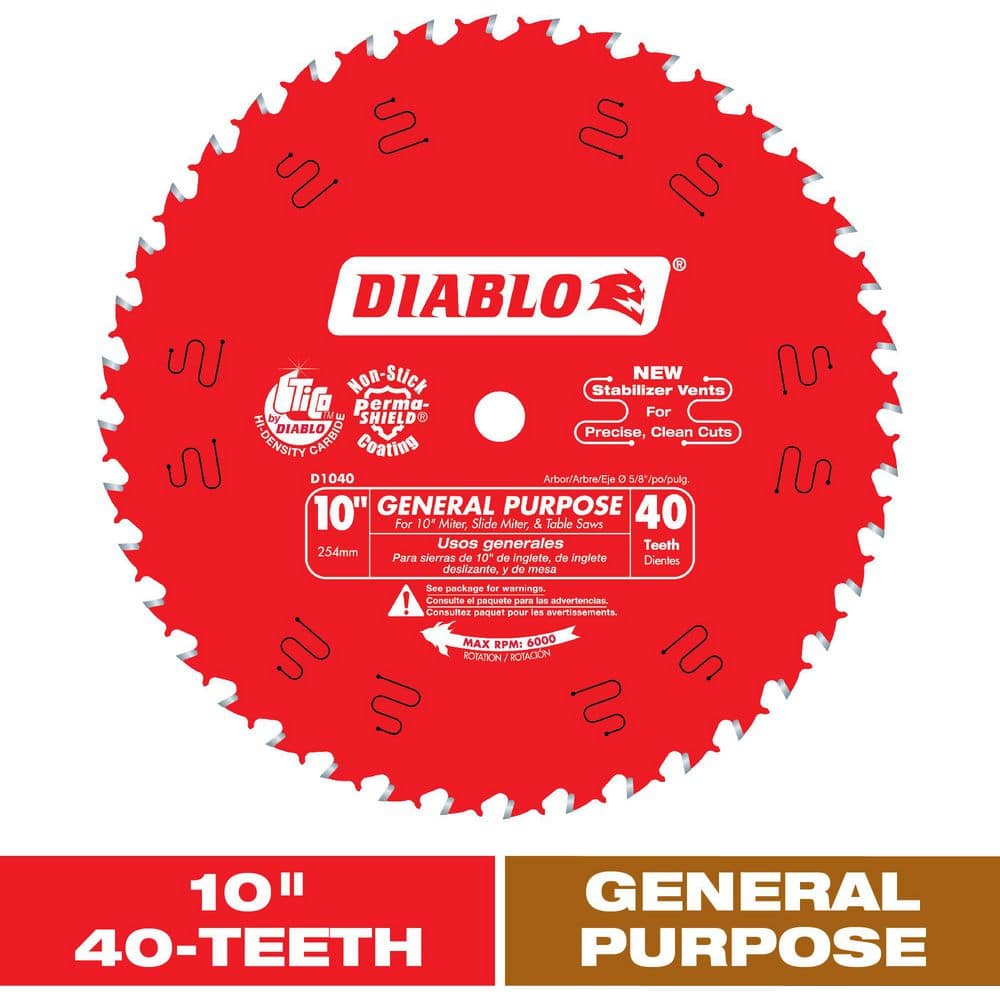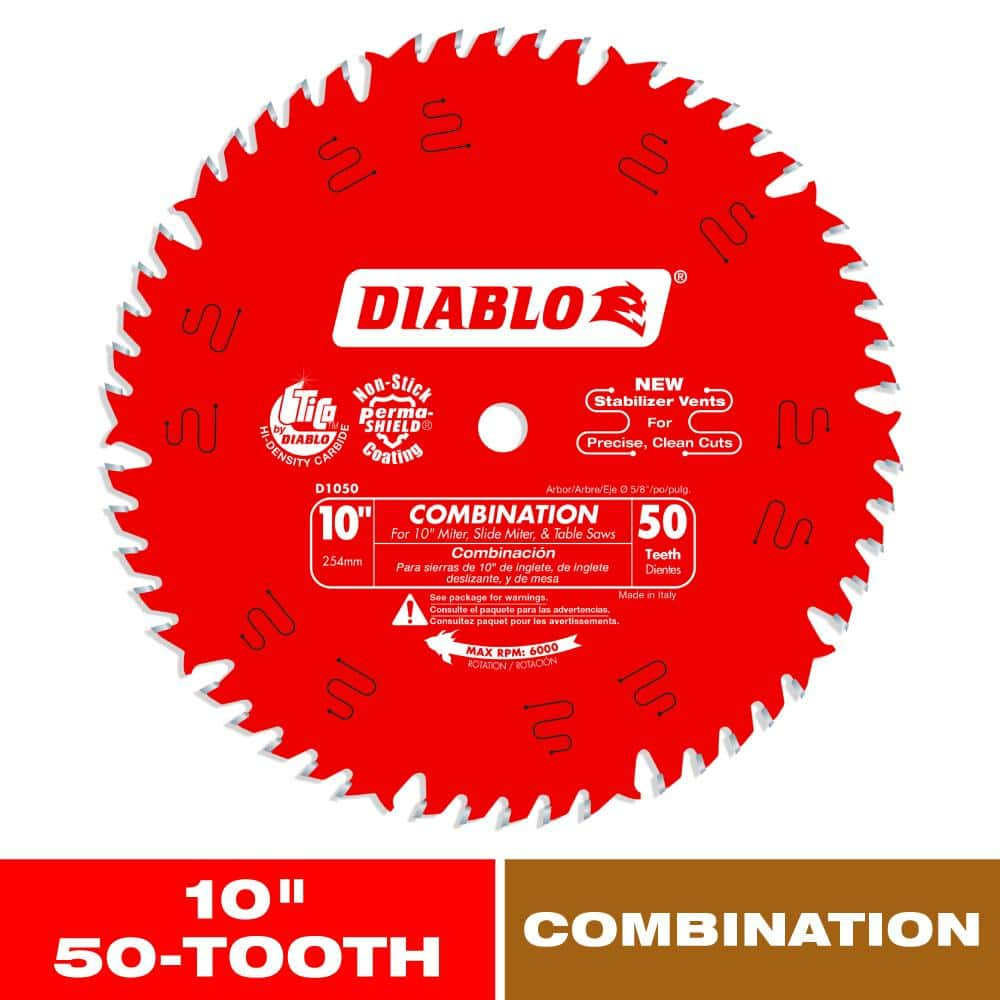Quick backstory: I'm relatively new to table saws and I feel a little overwhelmed looking at the options. I am building custom cabinetry (kitchen and bathroom) and so I am handling large plywood sheets regularly. The two things that are most important to me are:
1. An extension if possible to maximize the surface when I'm handling big sheets.
2. A fence that sits square to the blade and allows for perfectly parallel cuts. I can upgrade the fence later down the line, but an ok fence would be important for now.
3. A blade that does not shake/move.
I bought the 10" Ryobi saw - total piece of crap. No matter how much I tightened the blade, with the pressure of pushing 2x4's through to square them up, it would move and shake, leaving me with 95 degree angles when I was trying to square them up. Plywood worked ok, but thicker pieces were a nightmare.
Then I bought the Kobalt 10" table saw (Model #KT10152) and I am fairly confident in this purchase. It seems like a much more sturdy saw, comes with a 30" extension table and the fence looks much better. But I just cannot understand the instructions on setting up the fence or making the extension work (see video here:
). Maybe I'm just an idiot and it's a simple fix...?
So, I wanted to see if any of you can help me figure out what's wrong (is there a trick to it or is it a defective saw?) or if you suggest I just get a completely different one.
If the latter, I am eyeing the Craftsman (Model 113.298032). I found one in my area second hand and it comes with a homemade outfeed table, which could be helful: https://offerup.co/b1PKftEXseb
Does anyone have experience with this saw? What's your experience with the fence? If you think it is a good saw, is 300 a good price including the outfeed table?
1. An extension if possible to maximize the surface when I'm handling big sheets.
2. A fence that sits square to the blade and allows for perfectly parallel cuts. I can upgrade the fence later down the line, but an ok fence would be important for now.
3. A blade that does not shake/move.
I bought the 10" Ryobi saw - total piece of crap. No matter how much I tightened the blade, with the pressure of pushing 2x4's through to square them up, it would move and shake, leaving me with 95 degree angles when I was trying to square them up. Plywood worked ok, but thicker pieces were a nightmare.
Then I bought the Kobalt 10" table saw (Model #KT10152) and I am fairly confident in this purchase. It seems like a much more sturdy saw, comes with a 30" extension table and the fence looks much better. But I just cannot understand the instructions on setting up the fence or making the extension work (see video here:
So, I wanted to see if any of you can help me figure out what's wrong (is there a trick to it or is it a defective saw?) or if you suggest I just get a completely different one.
If the latter, I am eyeing the Craftsman (Model 113.298032). I found one in my area second hand and it comes with a homemade outfeed table, which could be helful: https://offerup.co/b1PKftEXseb
Does anyone have experience with this saw? What's your experience with the fence? If you think it is a good saw, is 300 a good price including the outfeed table?







